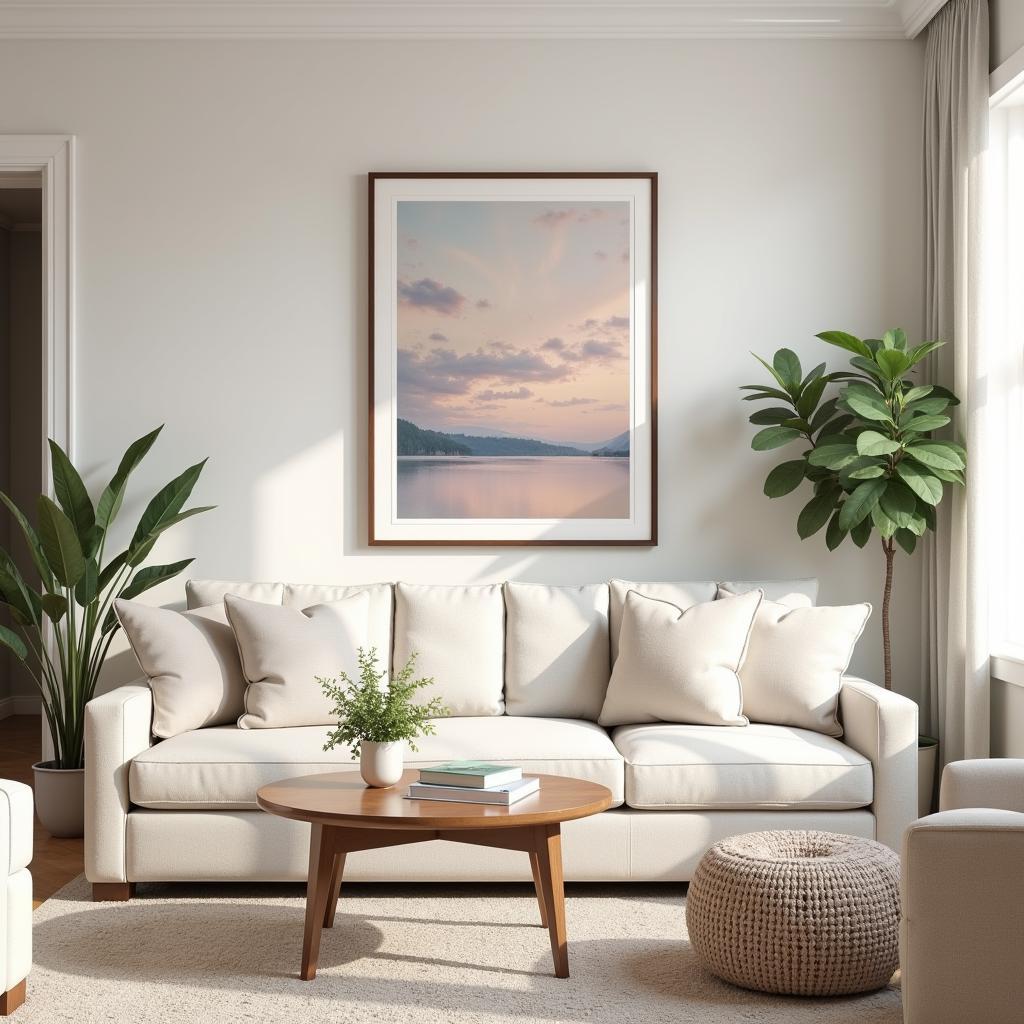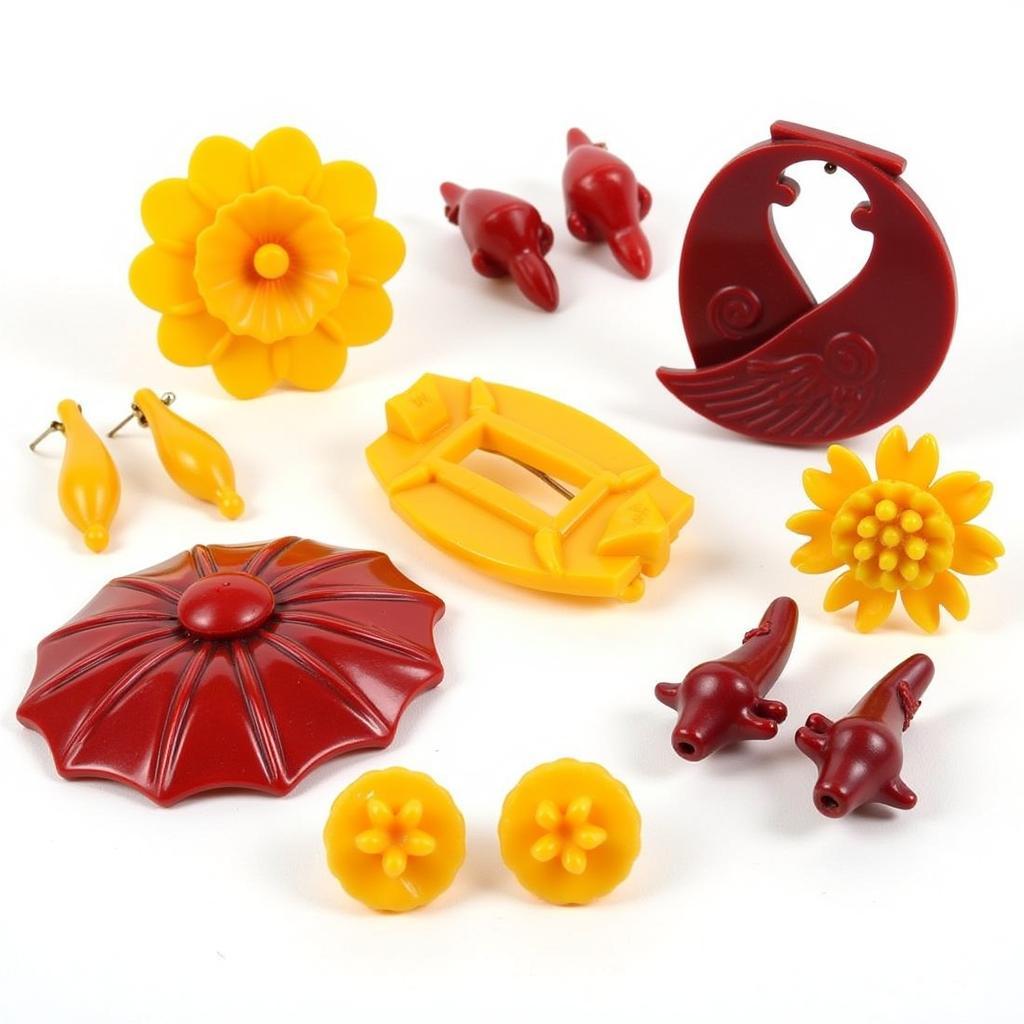Framing Pastel Art: A Guide to Preservation and Display
Framing Pastel Art is a crucial step in preserving and showcasing these delicate, light-sensitive masterpieces. Whether you’re a seasoned collector or a budding artist, understanding the nuances of framing pastels will ensure your artwork remains vibrant and protected for years to come. From choosing the right mat and frame to handling the artwork with care, this guide will equip you with the knowledge to frame your pastel art like a professional. Learn how to enhance the beauty of your pastel creations and protect them from the damaging effects of light, dust, and humidity.
Choosing the right materials for framing pastel art is paramount. Pastels are unique in their composition, consisting of finely ground pigment held together by a binder. This delicate nature makes them susceptible to smudging, fading, and damage from environmental factors. Therefore, proper framing is essential for preserving the integrity and longevity of your pastel artwork. For instance, you could create a cohesive gallery wall featuring framed hydrangea wall art alongside your pastel pieces. Just after selecting your artwork, the next crucial step is choosing the right frame.
Opt for acid-free mats and backing boards to prevent discoloration and deterioration of the pastel pigments over time. Acid-free materials are crucial because they maintain a neutral pH level, preventing chemical reactions that can damage the artwork. Avoid using regular cardboard or paper-based materials for framing, as these can contain acids that can leach into the artwork and cause irreversible damage. A spacer or mount is also essential for framing pastel art, as it creates a gap between the artwork and the glass, preventing the pastel from smudging or sticking to the glass.
Choosing the Right Frame for Your Pastel Art
Selecting the right frame can enhance the beauty and protect your artwork. Consider the style and subject of your pastel piece when selecting a frame. A simple, classic frame often works well for traditional landscapes or portraits, while a more ornate frame might complement a bolder, contemporary piece. The frame should complement the artwork without overpowering it. For instance, if you’re framing ducks art, a natural wood frame might be a fitting choice.
The size of the frame is another important consideration. The frame should be large enough to provide adequate protection for the artwork but not so large that it dwarfs the piece. The color of the frame should also complement the colors in the artwork. Avoid using frames that clash with the artwork’s color palette. For brightly colored pastels, a neutral frame might be a good choice.
Protecting Your Pastel Art from Environmental Factors
Protecting your pastel art from light, dust, and humidity is critical for its long-term preservation. UV-filtering glass is highly recommended for framing pastel art, as it blocks harmful ultraviolet rays that can cause fading and discoloration. This type of glass can significantly reduce the impact of light exposure on the delicate pastel pigments, helping to maintain the artwork’s vibrancy over time. Regular glass does not offer this protection and can accelerate the fading process.
Dust and humidity can also damage pastel artwork. A well-sealed frame can help protect against dust and moisture. Ensure the back of the frame is properly sealed to prevent dust and insects from entering. You might find inspiration for protective framing techniques from resources on antique floral art.
What Type of Glass Should I Use for Framing Pastel Art?
Use UV-filtering glass to protect your pastel artwork from harmful ultraviolet rays that cause fading and discoloration.
How Can I Protect My Pastel Art from Dust and Humidity?
A well-sealed frame can help protect against dust and moisture. Ensure the back of the frame is properly sealed.
Hanging and Displaying Your Framed Pastel Art
Once your pastel artwork is framed, choose a location for display that minimizes exposure to direct sunlight, excessive humidity, and temperature fluctuations. Avoid hanging pastel artwork in direct sunlight, as this can cause fading and damage. Rooms with high humidity, such as bathrooms or kitchens, are also not ideal locations for displaying pastel artwork.
Consider the overall aesthetic of the room when choosing a location for your framed pastel artwork. The artwork should complement the décor of the room. You could consider complementary pieces, like Georgia Bulldog art, for a thematic arrangement. The size and scale of the artwork should also be considered in relation to the size of the room and the other elements in the space. Nursey wall art could be a great complement to framed pastel art.
 Displaying Framed Pastel Artwork
Displaying Framed Pastel Artwork
Framing pastel art is an investment in the longevity and beauty of your cherished artwork. By following these guidelines, you can ensure your pastel masterpieces remain vibrant and protected for generations to come. Remember to choose acid-free materials, UV-filtering glass, and a frame that complements your artwork.
FAQ
- What is the best way to frame pastel art?
- How do I choose the right frame for my pastel artwork?
- What type of glass should I use for framing pastel art?
- How can I protect my pastel art from dust and humidity?
- Where should I hang my framed pastel artwork?
- What are the benefits of framing pastel art?
- How often should I clean my framed pastel artwork?
Need assistance? Contact us at Phone Number: 02462573573, Email: danteum@gmail.com Or visit our address: Savico Megamall, 7-9 Đ. Nguyễn Văn Linh, Gia Thụy, Long Biên, Hà Nội 10000, Việt Nam. We have a 24/7 customer service team.


